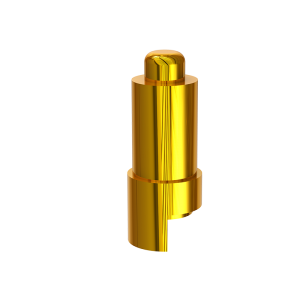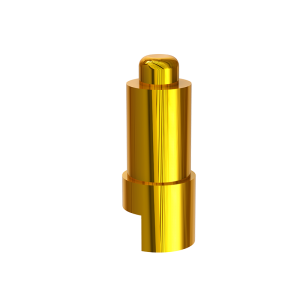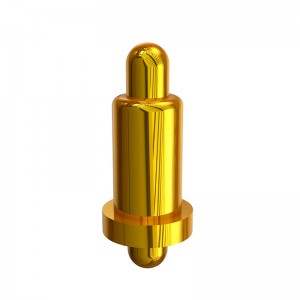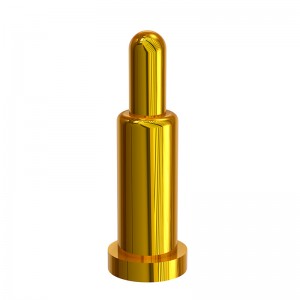Products
Spring Loaded Contacts Pogo Pins
Specification
|
Material |
Plunger/barrel: Brass Spring: Stainless steel |
|
Electroplating |
Plunger: 5 micro-inch minimum Au over 50-100 micro-inch nickel Barrel: 5 micro-inch minimum Au over 50-100 micro-inch nickel |
|
Electrical specification |
Contact electrical resistor: 100 mOhm Max. Rated voltage: 12V DC Max Rated current: 1.0A |
|
Mechanical performance |
Life: 10,000 cycle min. |

Application:
Intelligent wearable devices: Smart watches, smart wristbands, locator devices, Bluetooth headphones, smart wristbands, smart shoes, smart glasses, smart backpacks, etc.
Smart home, smart appliances, air purifiers, automatic controllers, etc.
Medical equipment, wireless charging equipment, data communication equipment, telecommunications equipment, automation and industrial equipment, etc;
3C consumer electronics, laptops, tablets, PDAs, handheld data terminals, etc.
Aviation, aerospace, military communication, military electronics, automobiles, vehicle navigation, testing fixtures, testing equipment, etc


FAQs
Yes, pogo pins can be used in medical devices, but their performance may be affected by factors such as sterilization requirements and compatibility with the materials used in the device.
The reliability of Pogo pins can be tested using a variety of methods, including electrical testing, environmental testing, and lifecycle testing.
Yes, pogo pins can be used for data transmission, but their performance may be affected by factors such as signal frequency and contact quality.
Gold-plated pogo pins offer better corrosion resistance and conductivity, but they are more expensive than nickel-plated pins.
In some cases, a pogo pin can be repaired by replacing the spring or contact material, but in most cases it is more cost-effective to replace the entire pin.











